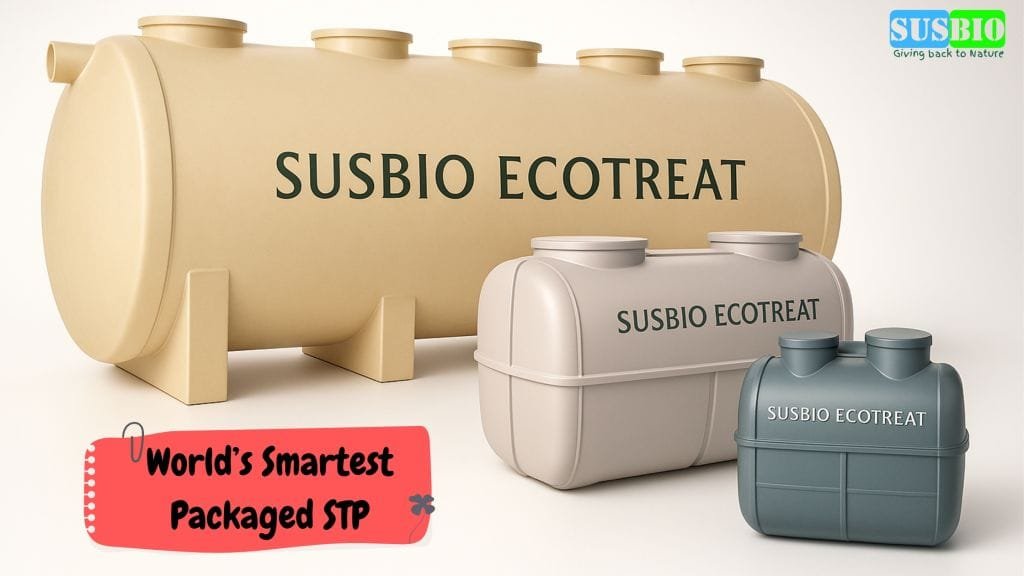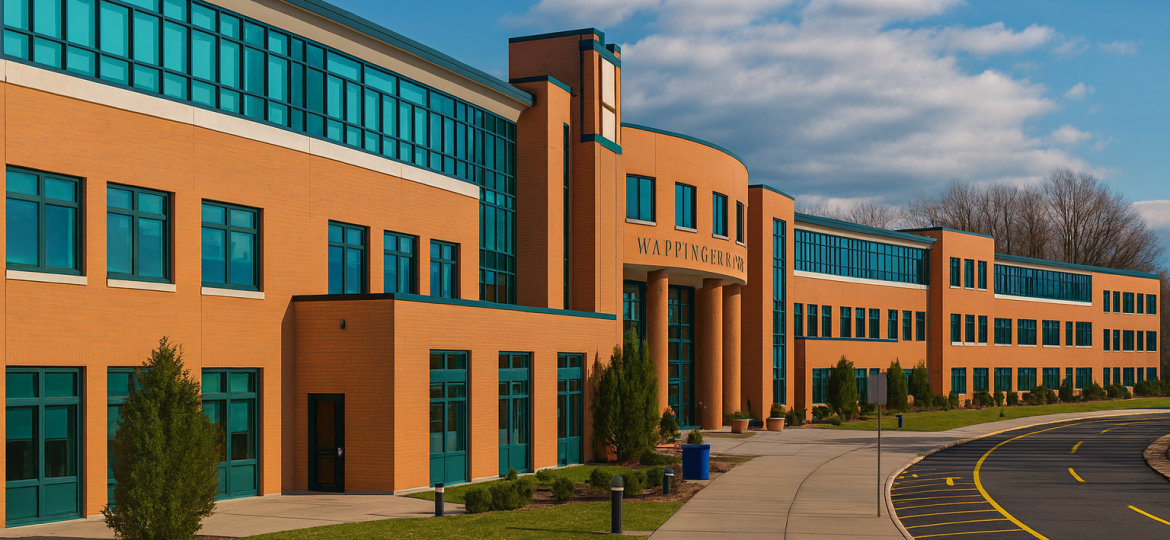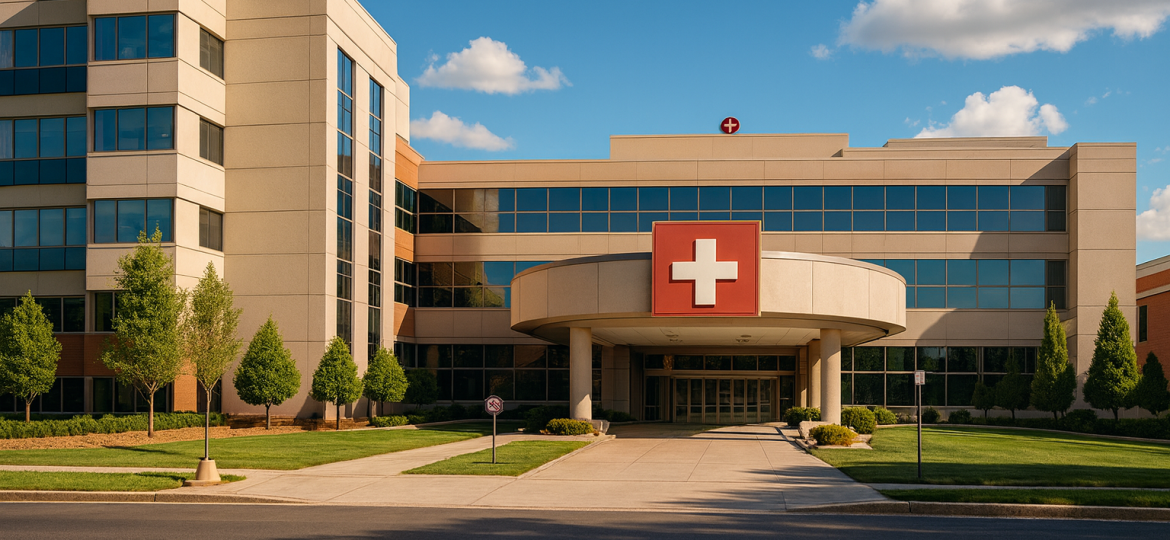Managing wastewater effectively is critical for residential complexes in India, where urbanization and population growth continue to place stress on the environment. Residential sewage treatment plant (STP) offer an efficient solution for treating wastewater, ensuring compliance with environmental regulations, and promoting sustainability. One of the most common questions that arises when considering an STP for residential use is: What does it cost? This blog delves into the factors influencing the cost of residential STP in India and provides a comprehensive guide to help you make an informed decision.
Factors Affecting the Cost of Residential STPs
The cost of a residential sewage treatment plant can vary widely depending on several factors. Here are the key determinants:
-
Capacity of the STP
-
The size of the STP, measured in kiloliters per day (KLD), is a significant cost driver. Smaller systems (e.g., 5-10 KLD) are sufficient for small apartment complexes, while larger systems (50-200 KLD or more) are required for high-rise buildings or large gated communities.
-
-
Type of Technology Used
-
The technology adopted for wastewater treatment greatly impacts costs. Popular options include:
-
Sequential Batch Reactor (SBR): Known for high efficiency, suitable for medium to large-scale applications.
-
Moving Bed Biofilm Reactor (MBBR): Cost-effective and compact, ideal for residential areas.
-
Membrane Bioreactor (MBR): Advanced technology that offers superior treated water quality but at a higher cost.
-
Activated Sludge Process (ASP): Common in traditional setups,but may require more space.
Packaged STP: Prefabricated systems that are easy to install, cost-effective, and designed for space efficiency, making them an excellent choice for residential complexes.
-
-
-
Material of Construction
-
The material used for the STP’s tanks and components influences costs. Options include:
-
Reinforced Concrete: Durable but expensive and time-consuming to construct.
-
Fiber-Reinforced Plastic (FRP): Lightweight, prefabricated, and cost-effective.
-
Mild Steel or Stainless Steel: Suitable for specific applications, but often more expensive.
-
-
-
Prefabricated vs. Custom-Built
-
Prefabricated STPs, such as SUSBIO ECOTREAT, are typically more cost-efficient and faster to install compared to custom-built solutions.
-
-
Installation and Civil Work
-
Costs for excavation, plumbing, and electrical work can vary based on site conditions. Easy-to-install packaged STPs can significantly reduce these expenses.
-
-
Maintenance Requirements
-
The long-term operational and maintenance costs are an important consideration. Energy-efficient systems may have a higher upfront cost but lower operating expenses.
-
Estimated Costs of Residential STPs in India
Here is a general estimate of costs based on the factors above:
Small-Scale Systems (5-10 KLD):
Cost: ₹3 to ₹8 lakhs
Suitable for: Small apartment complexes or standalone buildings.
Medium-Scale Systems (20-50 KLD):
Cost: ₹8 to ₹20 lakhs
Suitable for: Mid-sized residential societies or gated communities.
Large-Scale Systems (50-200 KLD or more):
Cost: ₹20 to ₹50+ lakhs
Suitable for: High-rise buildings or large housing societies.
These costs are indicative and can vary based on location, specific requirements, and customization.
Benefits of Investing in an STP
While the initial cost of a residential STP may seem significant, the benefits far outweigh the expense:
Environmental Compliance: Meet local and national wastewater treatment regulations.
Water Reuse: Treated water can be reused for landscaping, flushing, and other non-potable applications, reducing water bills.
Sustainability: Contribute to water conservation and environmental protection.
Long-Term Savings: Energy-efficient systems reduce operational costs over time.
Why Choose SUSBIO for Your Residential STP Needs?
SUSBIO is a leading name in sewage treatment solutions in India. Our SUSBIO ECOTREAT system offers a prefabricated, energy-efficient, and cost-effective solution tailored for residential complexes. With advanced technology, durable construction, and hassle-free installation, SUSBIO ECOTREAT ensures:
Optimal Performance: High efficiency in treating wastewater, even at high COD and BOD levels.
Durability: Made from high-quality fiber-reinforced plastic with a 10-year warranty.
Cost Savings: Reduced installation and operational costs.
Ease of Maintenance: In-house service teams for reliable support.
Conclusion
Investing in a residential sewage treatment plant is essential for sustainable living and regulatory compliance. By understanding the factors affecting costs and choosing the right solution, you can ensure efficient wastewater management for your residential complex.
With SUSBIO ECOTREAT, you get the perfect combination of quality, affordability, and sustainability. Contact SUSBIO today to learn more about how we can help you address your residential sewage treatment needs effectively.
Frequently Asked Questions
Q1. What is the average life cycle cost of a residential STP, including installation, operation & maintenance?
The life‐cycle cost of a residential sewage treatment plant (STP) includes three components: capital cost (purchase + installation + civil work), operation & maintenance (O&M) cost (electricity, chemicals, manpower), and periodic repair or replacement. For a small 10 KLD packaged STP, capital cost may range between ₹3–8 lakhs, while annual O&M can be ₹20,000–₹60,000. Over 10–15 years, the total life‐cycle cost may be around 3–4 times the initial capital investment.
Q2. Which STP technology gives the best value for money for residential complexes in India?
Technologies like MBBR (Moving Bed Biofilm Reactor) and SBR (Sequential Batch Reactor) offer a good balance between cost and performance. MBBR systems are compact and need less operator attention, while SBR provides flexibility in load handling. For the best treated water quality (suitable for reuse in flushing or landscaping), MBR (Membrane Bioreactor) is ideal, though it comes at higher capital and O&M costs. Packaged/prefabricated STPs are highly cost‐effective for urban residential complexes.
Q3. How does the capacity (in KLD) of an STP affect its cost per litre/kilolitre?
As STP capacity increases, the cost per unit of water treated decreases due to economies of scale. Small STPs (5–10 KLD) have higher per‐litre costs since fixed components like pumps and control systems make up a larger portion of the budget. Medium (20–50 KLD) and large plants (>50 KLD) spread these fixed costs more efficiently and often integrate more advanced, energy‐efficient technologies, lowering long‐term O&M costs.
Q4. What regulatory approvals are required for installing a residential STP in India, and do they impact cost?
Residential STPs must comply with CPCB/SPCB discharge standards for treated water (BOD, COD, TSS levels, etc.) and may require municipal or environmental approvals. Meeting these regulatory requirements may require additional tertiary treatment, disinfection units, and monitoring systems, which add to both capital and operational costs. Compliance ensures safe reuse and prevents penalties for non‐compliance.
Q5. Can treated wastewater from a residential STP be reused, and what are the cost savings?
Yes, treated wastewater can be reused for landscaping, toilet flushing, car washing, and cooling tower operations. Societies that reuse 40–60% of treated water can significantly reduce freshwater purchases and water bills. In the long term, these savings often offset a large portion of the O&M cost, making reuse both an economical and eco‐friendly option.







1 Comments
Sir, i want 1MLD SBR Technology based STP Plant Item wise quotation.
Note: 1. Treated water will be used for irrigation only.
2. Irrigation Pipe line is 6000 Meter Long and Diameter is 100 mm
3. There are Two numbers of collection tank at 3500 meter distance and pipe line diameter is 200 mm. so that design sewage pump to transfer sewage water from one collection tant to other collection tank. consider 7 meter static head.